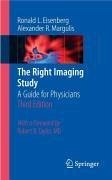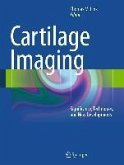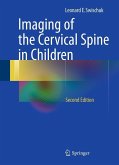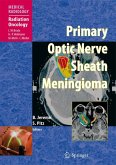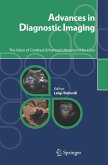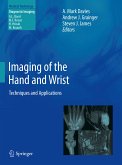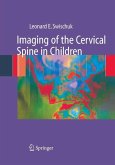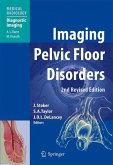With its portable, pocket-sized format, The Right Imaging Study: A Guide for Physicians is the definitive reference tool that issure to improve your diagnostic and decision-making skills when ordering imaging studies.
Dieser Download kann aus rechtlichen Gründen nur mit Rechnungsadresse in A, B, BG, CY, CZ, D, DK, EW, E, FIN, F, GR, HR, H, IRL, I, LT, L, LR, M, NL, PL, P, R, S, SLO, SK ausgeliefert werden.
"The authors have organized a book to help simplify choosing an optimal imaging study among multiple possibilities. This is a third edition, the first published in 1996. ... The audience includes those practicing clinicians who, rather than looking for detailed discussion, are seeking direction and advice. The authors are experienced practitioners who have lived through the technologic advances as they have occurred." (Vincent F Carr, Doody's Review Service, July, 2008)

